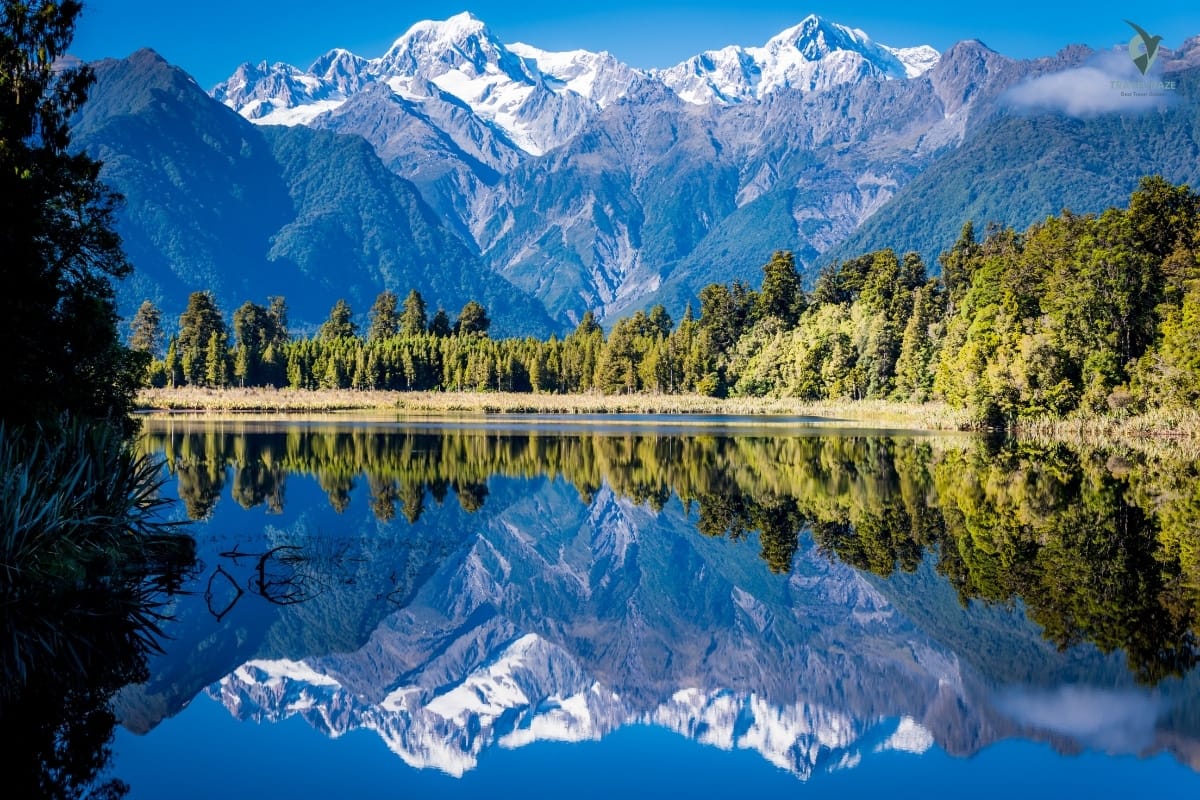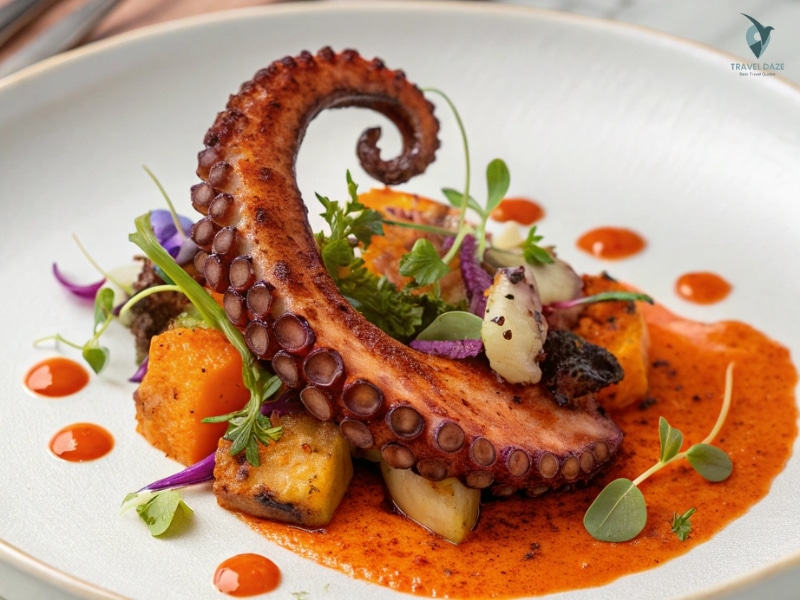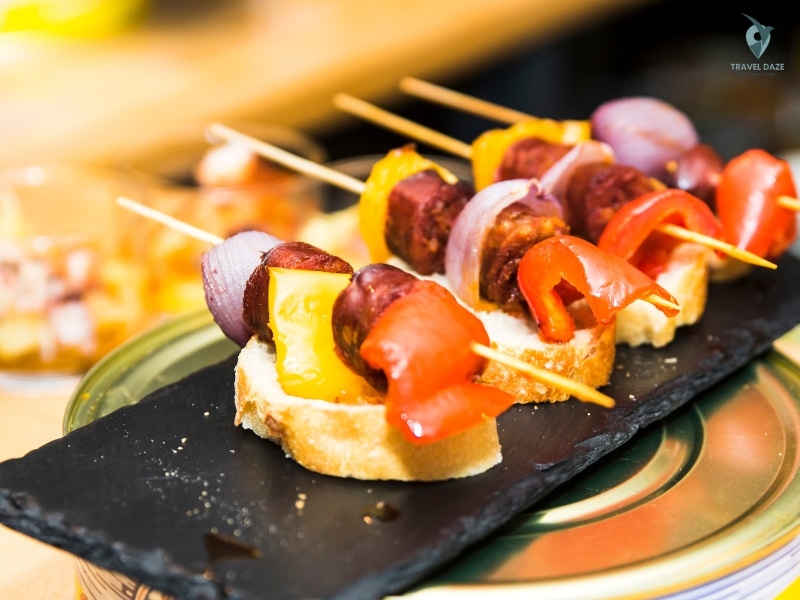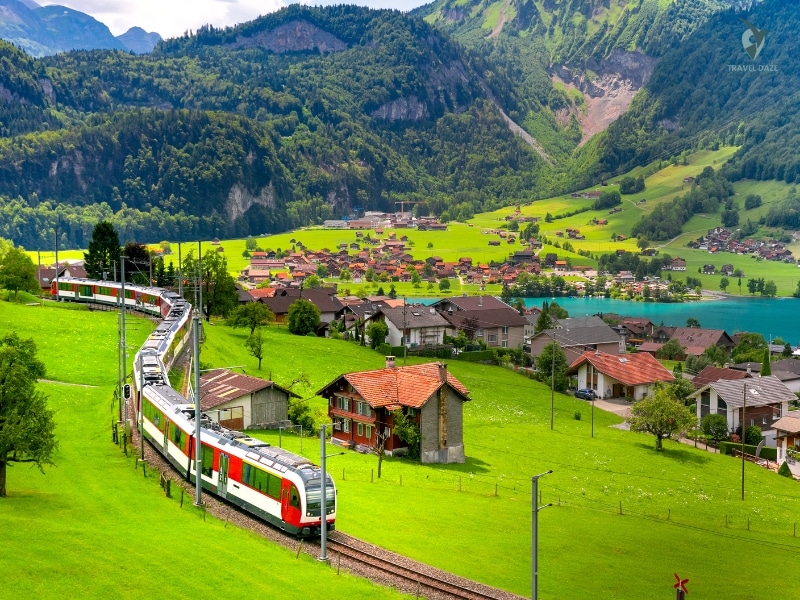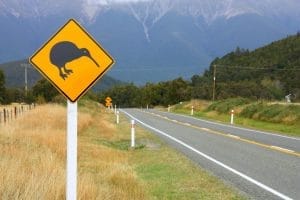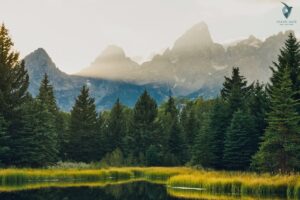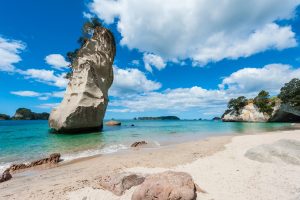My favorite place in New Zealand is the South Island, oftentimes referred to as an adventurer’s paradise.
Table of Contents
ToggleThe morning sun painted Milford Sound in golden hues as I stood at the bow of my cruise ship, completely speechless. The towering Mitre Peak pierced through misty clouds, creating a scene straight from a fantasy movie.
This moment marked the start of my three-week adventure across New Zealand’s South Island, and I knew right then – this trip would change everything.
Milford Sound – Nature’s Perfect Masterpiece
I started my South Island journey at its crown jewel – Milford Sound in Fiordland National Park. The four-hour drive from Te Anau was filled with stops at countless viewpoints.
Pro tip: Leave early! I hit the road at 6 AM to catch the first cruise of the day at 9 AM, and it was worth every yawn.
The cruise revealed waterfalls that seemed to touch the sky. Seals lounged on rocks, and dolphins played in our wake. The best part? A rainfall the night before created hundreds of temporary waterfalls. I learned that Milford Sound gets rain 200 days a year, so pack a raincoat!
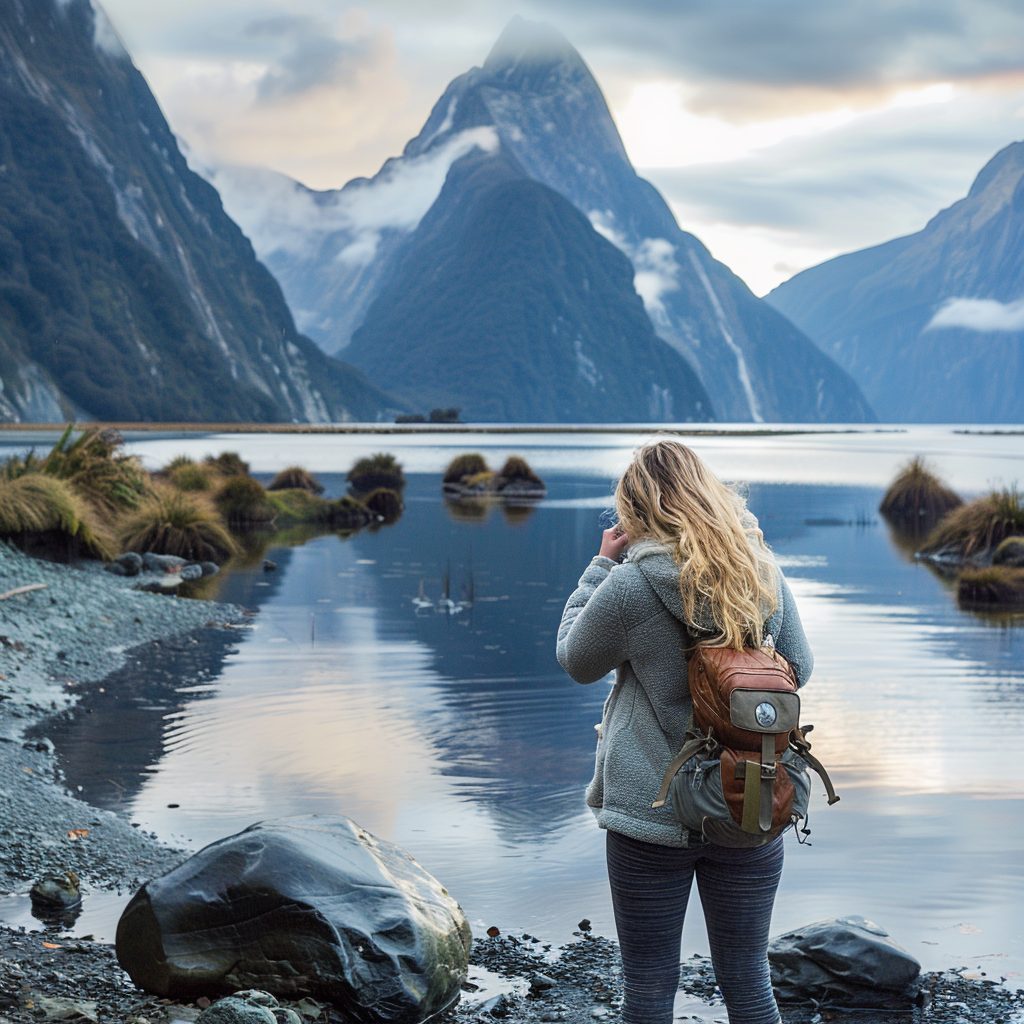
Queenstown – Where Adventure Lives
They call Queenstown the adventure capital of the world, and boy, does it live up to the hype! My heart still races thinking about my bungee jump at Kawarau Bridge – the world’s first commercial bungee site. The view of Lake Wakatipu helped calm my nerves… slightly.
I tried a jet boat ride through narrow canyons, and the 360-degree spins left me screaming with joy. The city’s energy is infectious – even the cafes buzz with stories of that day’s adventures.
Mount Cook National Park – Touch the Sky
Aoraki Mount Cook National Park took my breath away – literally and figuratively. The Hooker Valley walking track became my favorite half-day hike. Three swing bridges, glacier views, and that final reveal of Mount Cook reflecting in the alpine lake – pure magic!
I stayed at the nearby Lake Tekapo, where I witnessed the clearest night sky I’ve ever seen. The area is part of a Dark Sky Reserve, and the stars seemed close enough to touch.
Abel Tasman National Park – Golden Beaches Paradise
The northern gem of the South Island surprised me with its Caribbean-like beaches. I kayaked along the coast, spotting fur seals and even a pod of dolphins! The Abel Tasman Coast Track showed me the best of New Zealand’s coastal scenery. The golden sands and turquoise waters were unlike anything I had imagined, offering a tropical vibe in the heart of New Zealand. Beyond the breathtaking coastline, I ventured further north to discover the untouched beauty of Karamea and the Oparara Basin, where ancient limestone arches and lush rainforests felt like stepping into another world. It was a perfect blend of coastal charm and rugged wilderness that left me completely in awe.
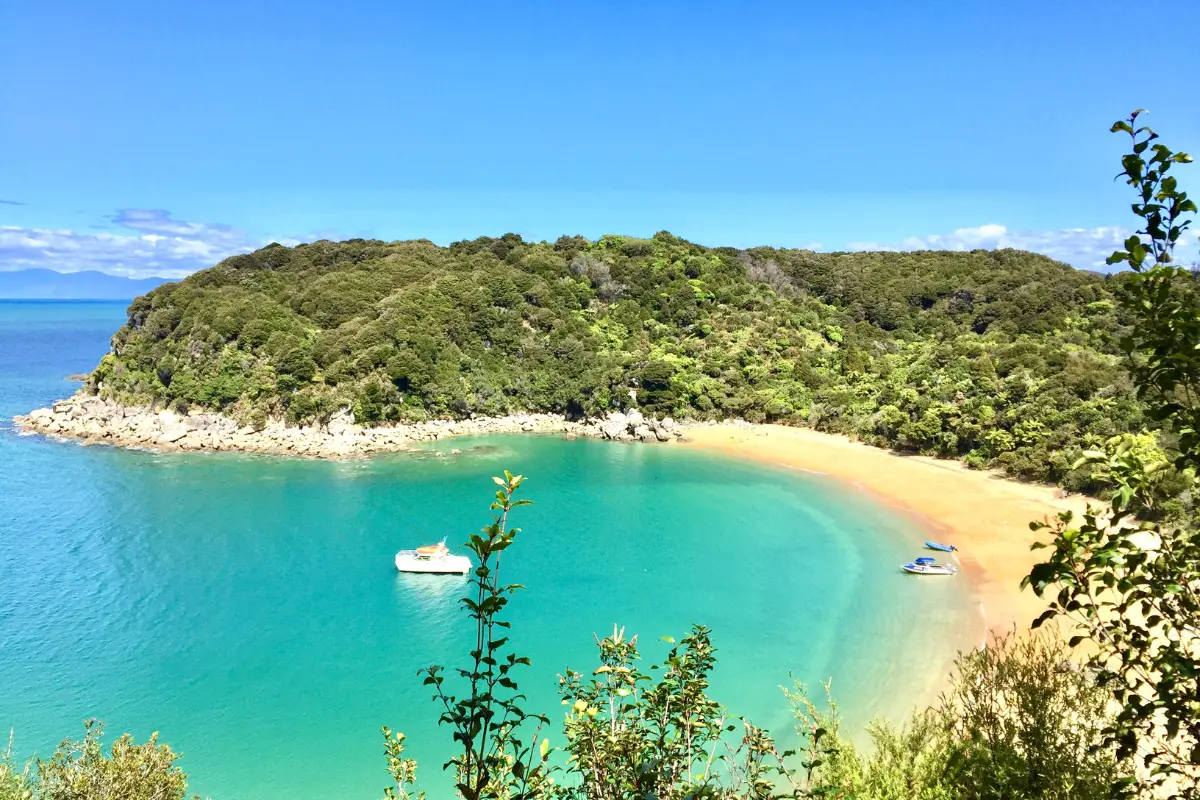
Franz Josef Glacier – Ice Adventure
Walking on the Franz Josef Glacier felt like exploring another planet. The West Coast’s famous glacier offers guided ice walks, and I splurged on a heli-hike. The helicopter ride alone was worth it, but nothing beats drinking glacier water straight from a stream on the ice.
Doubtful Sound – Milford’s Quiet Sister
Less visited than Milford Sound but equally stunning, Doubtful Sound gave me my wilderness fix. The journey there is an adventure – a boat across Lake Manapouri, a bus over Wilmot Pass, and finally, the sound itself. I spotted rare yellow-eyed penguins and bottlenose dolphins.
Kaikoura – Marine Life Heaven
The ocean meets mountains in Kaikoura, where I went whale watching and saw massive sperm whales. The seafood here is incredible – I had the freshest crayfish at a local food truck with mountain views.
Wanaka – Instagram’s Favorite Tree
That famous Wanaka tree growing in the lake lived up to the hype, but the town offered so much more. I hiked Roy’s Peak for sunrise – a challenging 6-hour return trip that rewarded me with the best views of my entire trip.
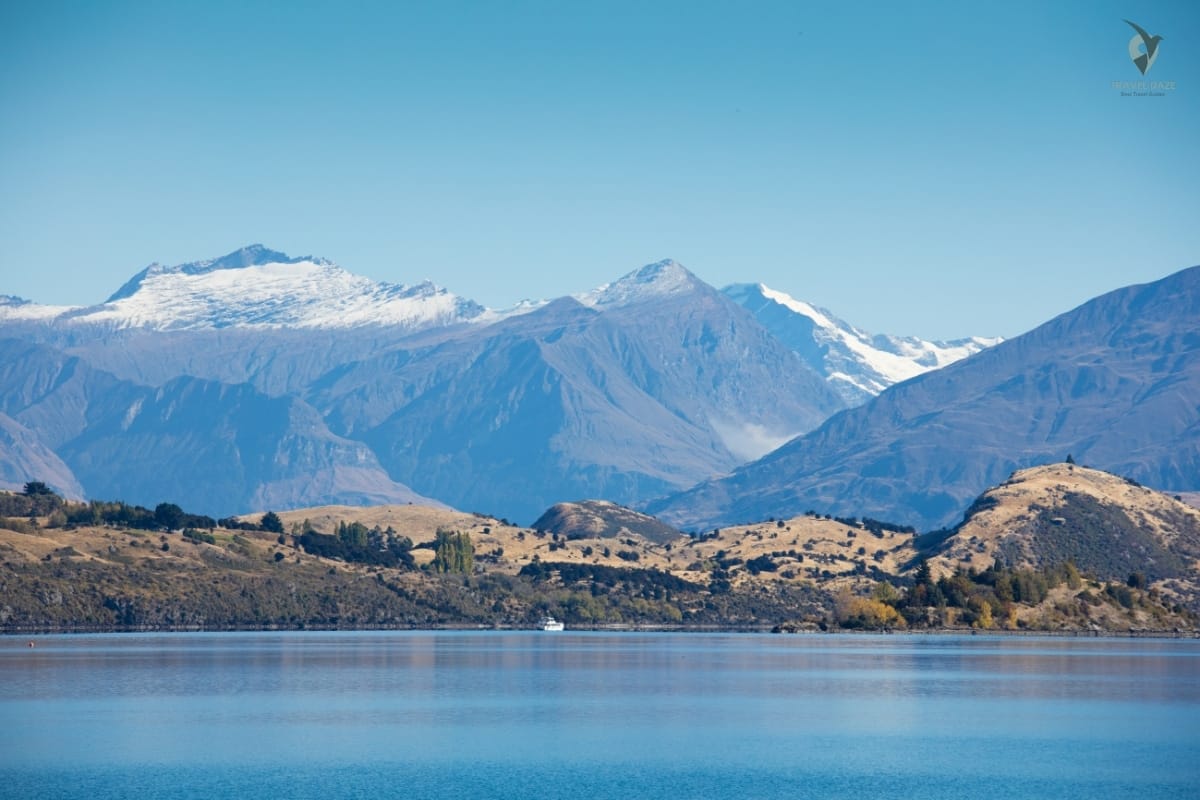
Road Tripping Tips:
- Rent a car! Public transport exists but limits your freedom
- Get a DOC camping pass if you plan to camp
- Download offline maps – cell service can be spotty
- Fill up gas whenever you can – stations can be far apart
- Always carry rain gear and warm clothes
Best Time to Visit: December to February offers the warmest weather, but I visited in March (autumn) and loved the smaller crowds and fall colors. Plus, accommodation was cheaper!
Accommodation Tips:
- Book Queenstown well in advance – it gets packed
- Mix hotels with holiday parks (their facilities are great!)
- Consider freedom camping if you have a certified vehicle
Last Thoughts
The South Island changed how I see travel. It’s not just about ticking off spots on a map – it’s about those moments that leave you speechless. From watching the sunset paint Mount Cook pink to feeling my heart race before a bungee jump, every day brought a new adventure.
Whether you’re an adrenaline junkie, nature lover, or just seeking peace in stunning landscapes, the South Island delivers. Just remember to slow down – some of my best memories came from unplanned stops at random viewpoints.
Pack your sense of adventure, bring a good camera, and prepare to fall in love with New Zealand’s South Island. Just watch out – you might never want to leave. I’m already planning my return trip!
FAQ
Is New Zealand Safe for Solo Female Travelers?
The country ranks as one of the safest destinations for solo female travelers. I walked alone in cities at night and hiked remote trails without issues. Basic safety tips include:
- Share your location with family
- Book hostels with female-only dorms
- Trust your instincts
- Keep emergency numbers handy
What’s the Real Daily Budget for South Island?
My actual spending averaged NZD 180 per day, including:
- Hostel dorms: NZD 35-45
- Food: NZD 40-50
- Activities: NZD 50-100
- Transport: NZD 30-40 Money-saving tip: Cook meals in hostels and book activities through BackpackerDeals.com
Do I Need to Book Everything in Advance?
Peak season (December-February) requires advance booking:
- Book hostels 2-3 months ahead
- Reserve popular activities 1 month prior
- Book rental cars 2-4 months in advance Off-season allows more flexibility with last-minute bookings
What’s in My South Island Backpack?
Essential items I actually used:
- Quick-dry clothes (3 sets)
- Merino wool layers
- Rain jacket
- Hiking boots
- Power bank
- First-aid kit
- Universal adapter Skip: Heavy makeup, fancy clothes, multiple shoes
How to Handle the Changing Weather?
The South Island weather changes rapidly. My solutions:
- Check MetService.co.nz daily
- Pack layers in day bag
- Download offline weather apps
- Plan indoor backup activities
- Book flexible activity tickets
What About Phone and Internet?
My connectivity solutions:
- Buy Spark Tourist SIM (NZD 30)
- Download offline Google Maps
- Use WiFi in hostels/cafes
- Keep portable charger
- Install emergency apps
These FAQs reflect real experiences and solutions I discovered during my South Island journey. Each answer addresses common concerns with practical, tested solutions rather than generic advice.

